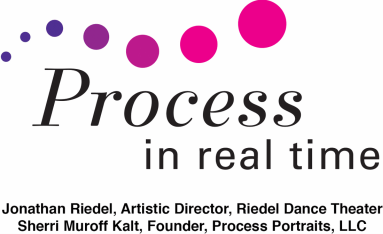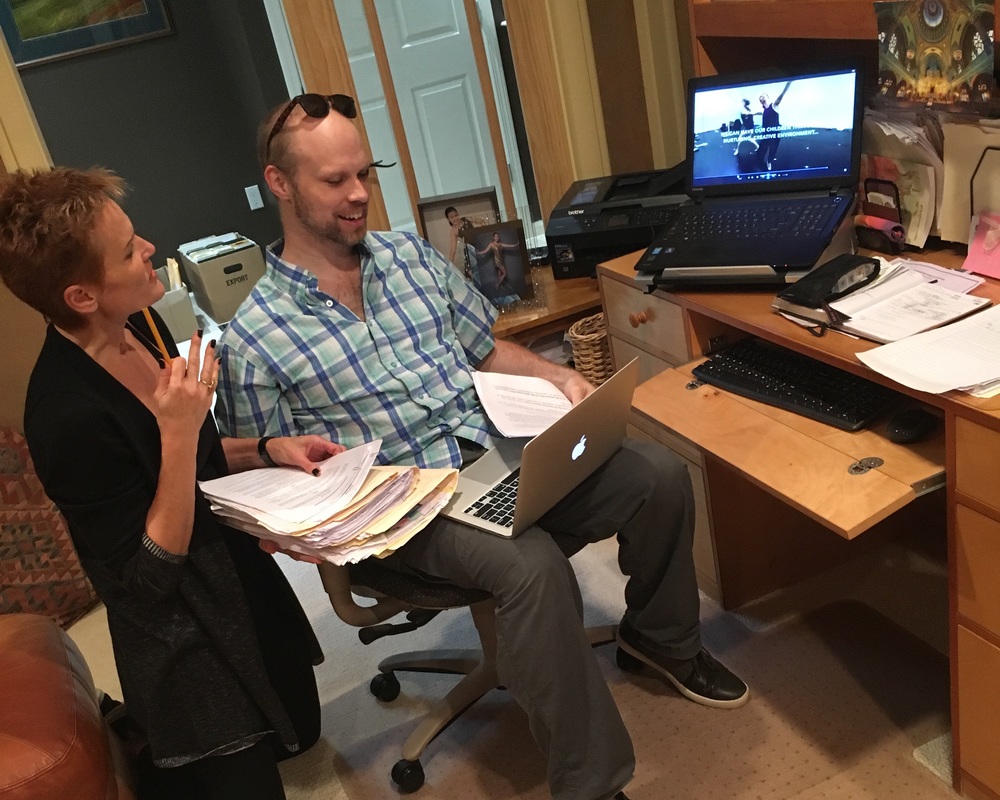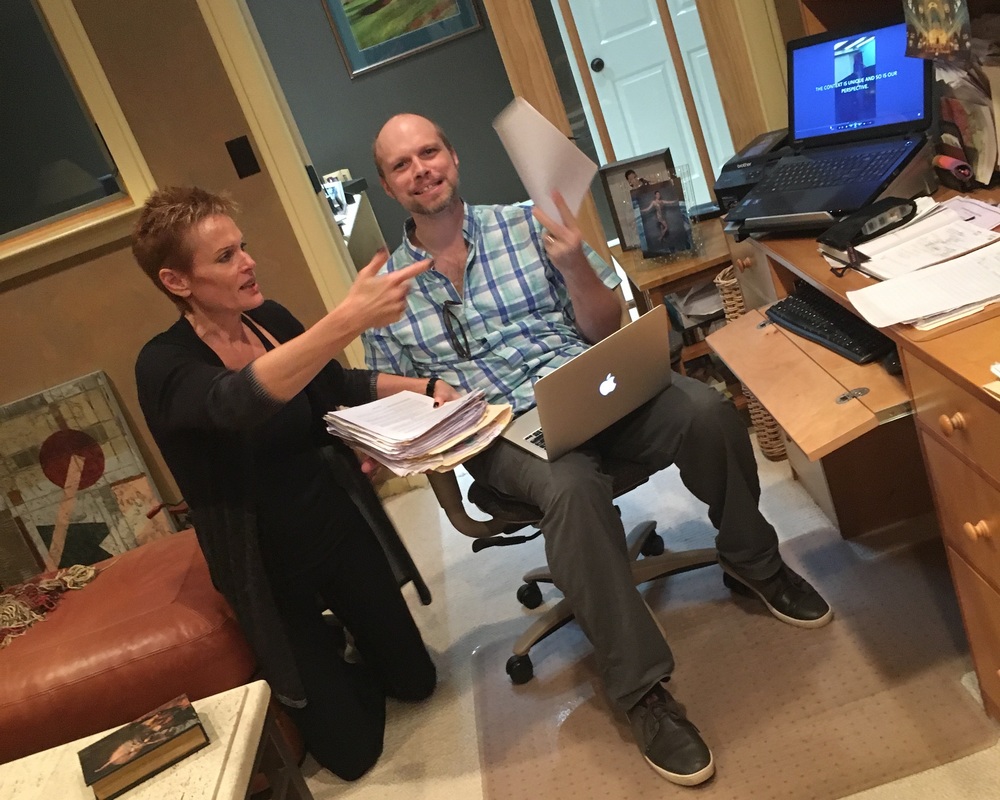|
October 19, 2016 Full Steam Ahead With Our Fundraising Campaign! The team is working hard on every aspect of this project. We meet at Jonathan’s house to discuss the progress made on each component of this endeavor. Highlights include:
But Under the Surface…. It’s easy to get swept up into the excitement-- Second Story is entering its next phase, and we’re initiating our first fundraising campaign. At the same time, though, these dynamics are triggering Jonathan in a variety of ways. As we pause to catch our breath, Jonathan and Sherri try to make meaning of the myriad emotions Jonathan is experiencing.
Jonathan explains, “Every time I think about the to-do list associated with our fundraising campaign, I lose my mind.” He acknowledges that the team has dedicated several weeks of rehearsal time to work on this initiative – and that everyone agreed that no one will need to sacrifice other commitments to do this work. Nevertheless, he can’t stop worrying about it. Thoughts about the project intrude throughout each day; he is anxious to keep chipping away at the tasks. Given his past fundraising experience, he knows the work that is required to mount this campaign. The only way he knows how to approach the current project is to work at a rapid pace and assume the majority of the responsibilities. It is as if there is ONLY ONE way to operate; here is another example of black-and-white thinking that ties him up in knots. These familiar dynamics are likely imprinted in his bones by now – but his current context won’t allow him to operate in the way he is used to. This situation feels like being caught between a rock and a hard place – an impossible position. It is not only this project that triggers Jonathan. He admits that every time he begins to choreograph a piece, he is flooded with the memories of all the responsibilities associated with developing his work: marketing, PR, advertising, ensuring a certain level of excellence -- and the belief that he must do it all himself. It’s overwhelming; everything “comes rushing in.” Moreover, any time he must deal with the unknown, his “brain checks back” to the past and his old way of operating; consequently, familiar feelings of anxiety and fear are evoked. It is not surprising, then, that Jonathan then experiences the impulse to “call this off,” feeling “I don’t want this…get me out.” This response is followed by a yearning to “do other things, pursue other creative outlets, and keep the focus on the kids.” This sequence of events is a very familiar pattern by now. Jonathan recognizes his tendency to conflate memories of both enjoyable and painful experiences. Inevitably, the upsetting emotions eclipse the joyful feelings. He wants to work on separating the two sets of internal dynamics so he is able to experience “bliss, excitement, curiosity, and wonder” without slipping into a disturbing emotional state. Jonathan is starting to understand that the painful feelings will always loom large if they remain unprocessed. He will have to delve into those emotions and make meaning of them in order to tolerate them – rather than repressing the feelings until they erupt in an overwhelming flood of darkness.
0 Comments
Leave a Reply. |
AuthorsSherri Muroff Kalt, founder of Process Portraits, LLC and author of Portrait of an Artistic Journey: The Creative Process in Real Life Context, is a Phi Beta Kappa, magna cum laude graduate of Duke University with a B.A. in psychology. She began her career in marketing and sales in New York City with L’Oréal, Monet Jewelers, and Givenchy. READ MORE |



 RSS Feed
RSS Feed